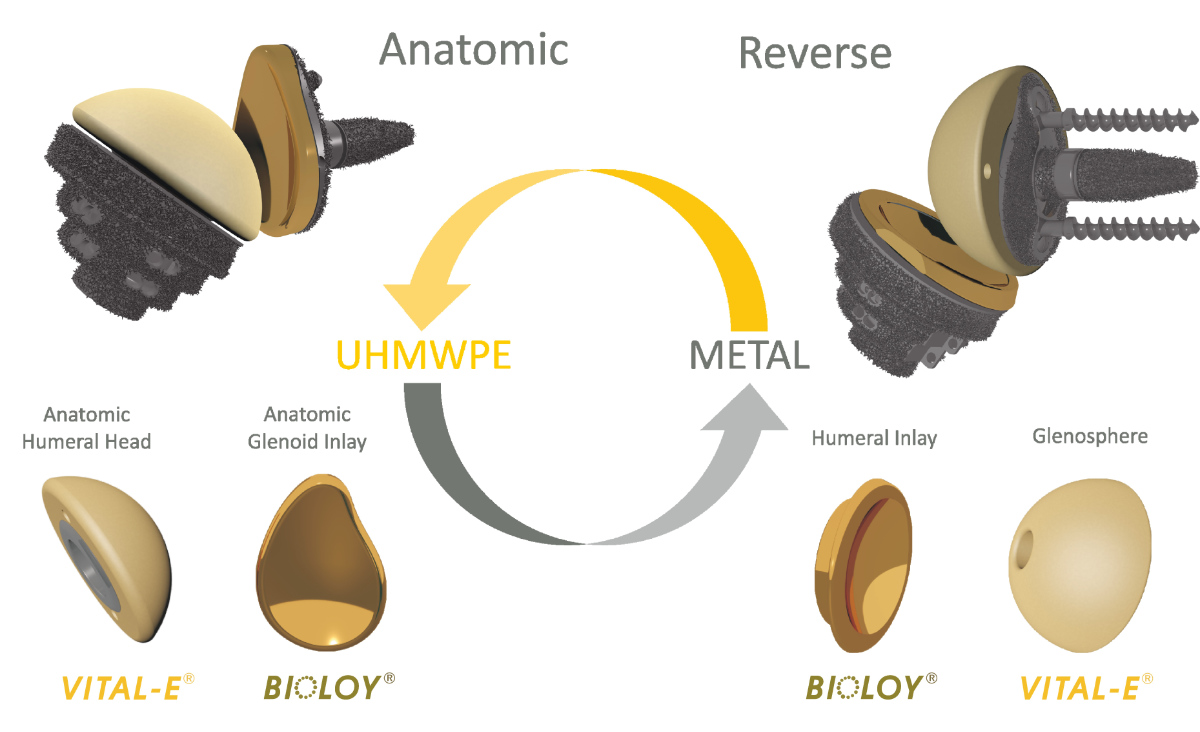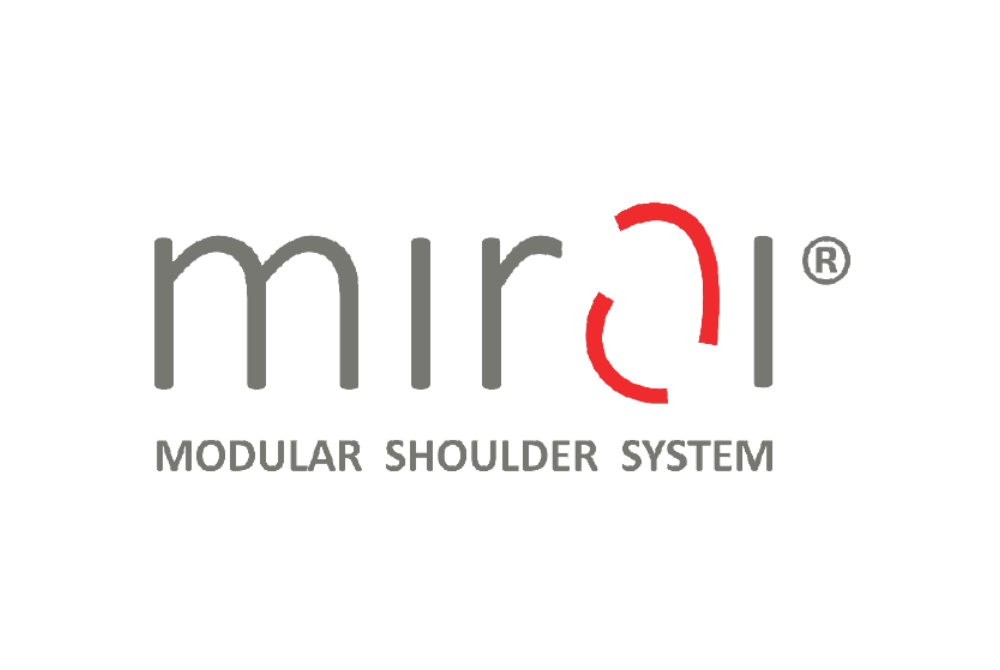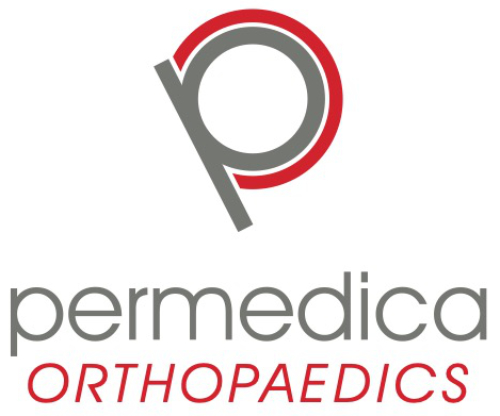Mirai means Future
The future of shoulder arthroplasty.
Mirai is a complete, modular and convertible system for anatomic and reverse shoulder arthroplasty.
Permedica Mirai®Shoulder System has been conceived and developed by maintaining the concept of modularity on both glenoid and humeral sides, providing solutions for a broad spectrum of typical indications in shoulder arthroplasty surgery.
Mirai® offers a solution for anatomical or reverse shoulder arthroplasty using the same humeral stemless core that does not need to be replaced in case of surgical revision if it is stable and osteointegrated.
The Mirai® system involves the inversion of the materials of the joint components: in the anatomical configuration to prevent any complications related to polyethylene on the glenoid side; in the reverse configuration to reduce the wear of the polyethylene.
The inversion of the materials of the joint components in the anatomical and inverse configuration involves:
• AnatomicalhumeralheadandGlenospherein VITAL-E®-UHMWPE(GUR1020)addedwith0.1%ofVitaminE, EtO sterilized.
• Glenoid insert and humeral insert in Ti6Al4V alloy (ISO 5832/3) BIOLOY® PVD coated (TiNbN).
Materials and Technologies

Unlike a conventional polyethylene glenoid insert, a metal insert can be made with a lower thickness, thus reducing the risk of shoulder over-stuffing.
The elimination of CrCo and stainless steel alloys from joint materials in favor of UHMWPE and Ti6Al4V alloy allows to obtain prosthetic components with a significantly reduced weight.
The absence of these alloys also avoids the release of chromium, cobalt and nickel ions making the Mirai® system totally hypoallergenic
Trabecular Laser Melted Titanium
The TRASER® components are obtained through the SLM (Selective Laser Melting) additive manufacturing process, starting from Ti6Al4V titanium alloy powder.
TRASER® technology allows the creation of structures with peculiar characteristics in terms of porosity and trabeculation.
The components are created in a single process, with no discontinuity or application of surface coatings.
The TRASER® structure allows for significant bone regrowth within the pores and rapid osseointegration of the component for optimal secondary stability.
A high coefficient of friction with the bone allows a significant initial stability of the implant through press-fit insertion.

Anatomical Configuration
In the anatomical configuration, the Mirai® prosthesis aims to reproduce the characteristics of the glenohumeral joint: the humeral head in fact has an ellipsoidal geometry that is articulated on a double radius anatomical glenoid insert.

The shoulder prosthesis that reproduces the patient’s anatomy



